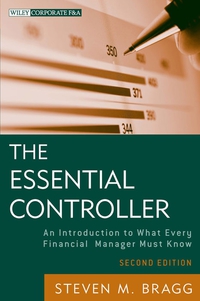Answered step by step
Verified Expert Solution
Question
1 Approved Answer
Please find year 3 amounts each year. Year 1: 1. Issues 60 shares of stock at $14 per share in cash. 2. Takes a loan



 Please find year 3 amounts
Please find year 3 amounts
Step by Step Solution
There are 3 Steps involved in it
Step: 1

Get Instant Access to Expert-Tailored Solutions
See step-by-step solutions with expert insights and AI powered tools for academic success
Step: 2

Step: 3

Ace Your Homework with AI
Get the answers you need in no time with our AI-driven, step-by-step assistance
Get Started


